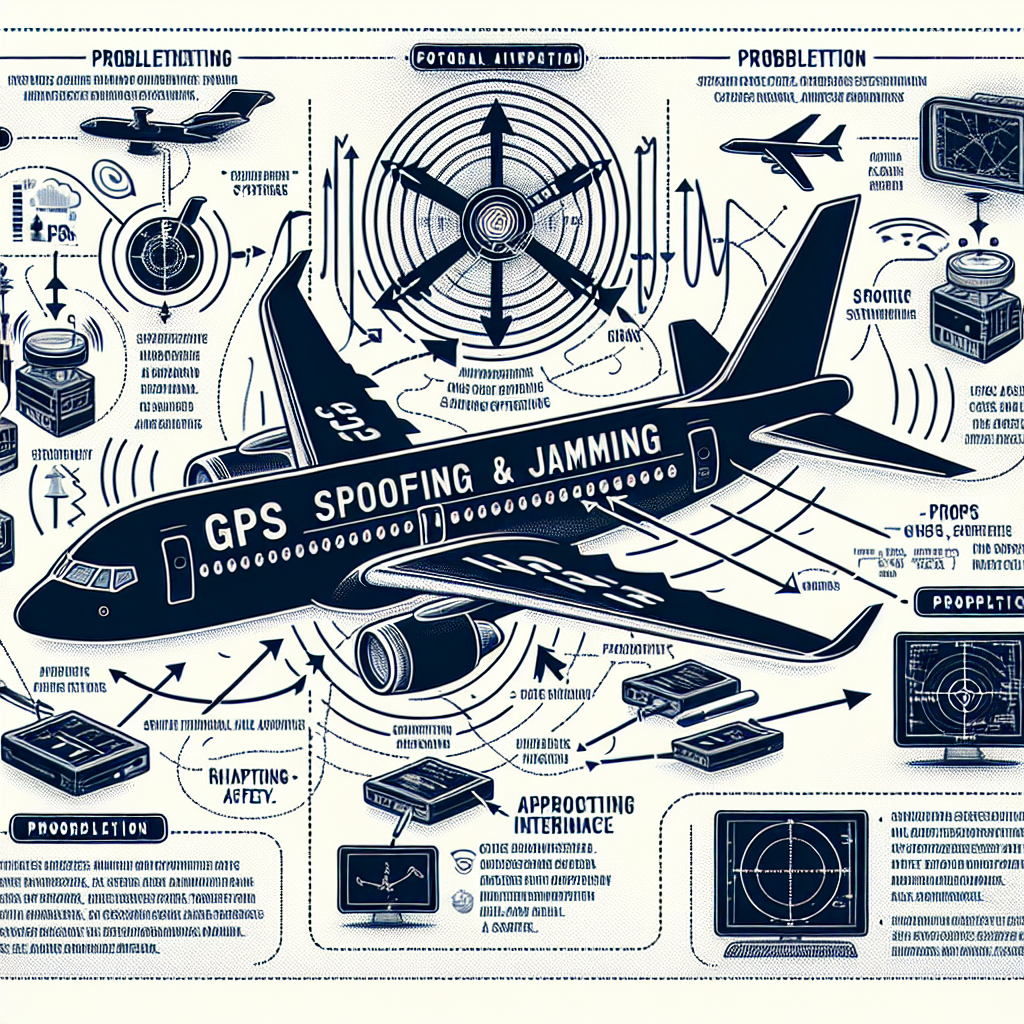Understanding GPS Spoofing and Jamming in Aircraft: Risks and Implications
Understanding GPS Spoofing and Jamming in Aircraft: Risks and Implications
Introduction to GPS Spoofing and Jamming
GPS spoofing and jamming are emerging threats in aviation, posing significant risks to aircraft navigation systems. These malicious activities can disrupt the accuracy and reliability of GPS signals, leading to potential safety hazards.
What is GPS Spoofing?
GPS spoofing involves the transmission of false GPS signals to deceive an aircraft’s navigation system. This can result in:
- Incorrect positioning data
- Potential rerouting of aircraft
- Increased risk of collision or accidents
Understanding GPS Jamming
GPS jamming occurs when a device emits signals that interfere with the reception of legitimate GPS signals. The consequences include:
- Loss of GPS signal reception
- Disruption of navigation and timing systems
- Potential grounding of aircraft due to safety concerns
Risks and Implications for Aviation
The implications of GPS spoofing and jamming in aviation are profound, affecting both safety and operational efficiency. Key risks include:
- Compromised flight safety due to navigation errors
- Increased operational costs from delays and rerouting
- Potential for malicious attacks targeting critical infrastructure
Mitigation Strategies
To counter these threats, the aviation industry is exploring various mitigation strategies, such as:
- Enhanced GPS signal authentication techniques
- Development of alternative navigation systems
- Implementation of robust cybersecurity measures
Conclusion
GPS spoofing and jamming present significant challenges to aviation safety and efficiency. Understanding these threats and implementing effective mitigation strategies are crucial for ensuring the continued safety and reliability of aircraft navigation systems.








































